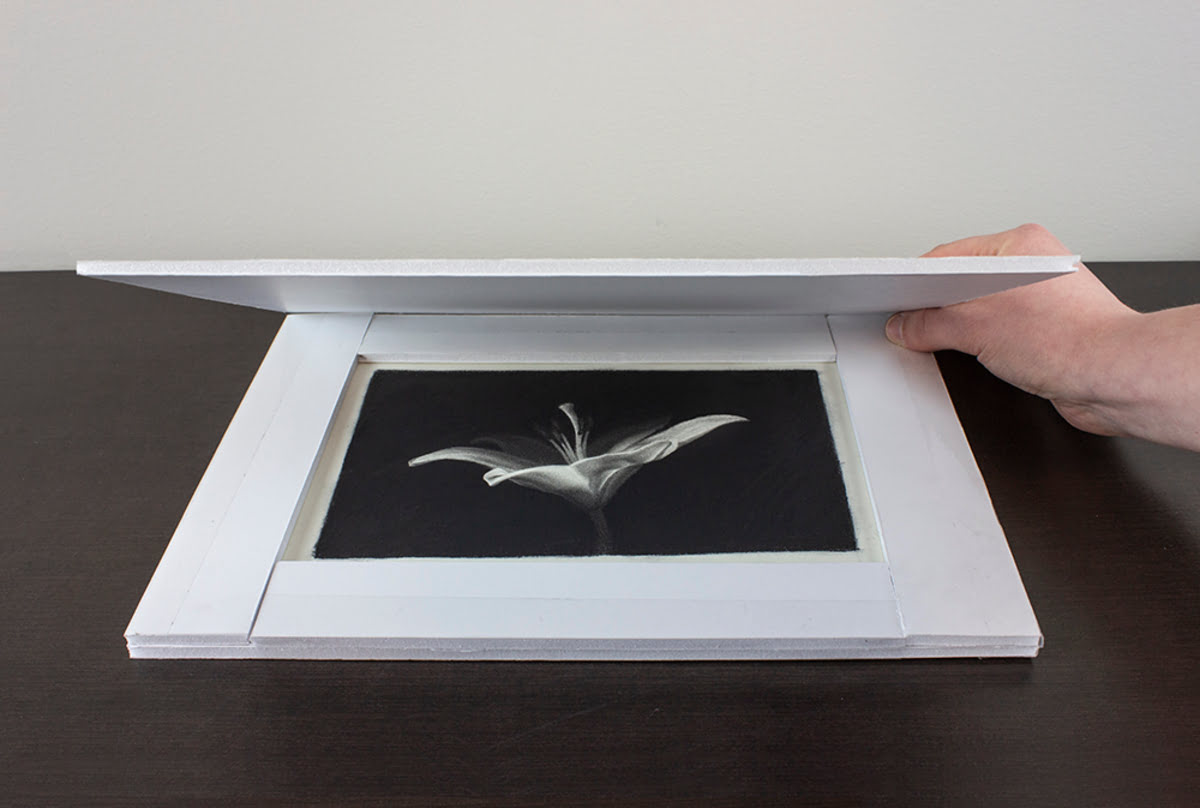

Articles
How To Store Charcoal Drawings
Modified: January 5, 2024
Learn the best techniques for storing charcoal drawings in this comprehensive guide. Read articles and tips on preserving your artwork for years to come.
(Many of the links in this article redirect to a specific reviewed product. Your purchase of these products through affiliate links helps to generate commission for Storables.com, at no extra cost. Learn more)
Introduction
Charcoal drawings are a popular artistic medium known for their versatility and dramatic effect. Whether you’re a professional artist or a passionate hobbyist, preserving and storing your charcoal drawings properly is essential to ensure their longevity and maintain their quality.
In this article, we will explore the best practices for storing charcoal drawings, from selecting the right materials to organizing and labeling your artwork. We’ll also delve into different storage options, including protective sheets, portfolios, and archival methods, to help you find the most suitable solution for your precious artwork.
So, if you’ve been wondering how to store your charcoal drawings effectively and ensure they stand the test of time, read on to discover valuable tips and techniques for preserving your artistic creations.
Key Takeaways:
- Preserve your charcoal drawings by choosing acid-free materials, preparing them for storage, and utilizing protective sheets. Consider archival methods for long-term preservation and organize your collection for easy retrieval.
- When displaying your charcoal drawings, prioritize their long-term preservation by using UV-filtering glazing, controlling lighting, and considering temporary displays. Balance presentation with storage to ensure the longevity of your artwork.
Read more: How To Store Charcoal
Choosing the Right Materials
When it comes to storing charcoal drawings, selecting the right materials is crucial to protecting your artwork from potential damage. Here are some key materials you’ll need:
- Acid-free paper: Choose acid-free paper for mounting or storing your charcoal drawings. Acid-free paper is archival-quality, meaning it won’t yellow or deteriorate over time. Look for paper specifically designed for artwork preservation.
- Archival storage boxes: Invest in acid-free, archival storage boxes to house your charcoal drawings. These boxes provide a safe and protected environment, shielding your artwork from dust, light, and humidity.
- Polypropylene sleeves: Polypropylene sleeves are an excellent option for individual charcoal drawings. These clear sleeves offer protection against smudging and moisture while allowing you to view and appreciate your artwork without direct contact.
- Backing boards: Backing boards provide support and prevent bending or creasing of your charcoal drawings. Opt for acid-free, heavyweight backing boards that fit snugly inside the storage boxes.
- Archival adhesives: If you need to attach or mount your charcoal drawings, use archival-quality adhesives. Acid-free glue or mounting strips are ideal choices, as they won’t cause damage or discoloration over time.
By choosing the right materials, you can ensure that your charcoal drawings remain in pristine condition, free from environmental hazards that could harm their integrity. Now that we have the necessary materials, let’s move on to the preparations required before storing your charcoal drawings.
Preparing Your Charcoal Drawings for Storage
Before you store your charcoal drawings, it’s important to properly prepare them to minimize the risk of damage and deterioration. Here are some steps to follow:
- Gently remove any loose charcoal dust or particles from the surface of your drawings using a soft brush or a clean, lint-free cloth. Avoid applying excessive pressure that could smudge or smear the charcoal.
- If your drawings are fixative-free, consider lightly spraying them with a fixative spray. This will help set the charcoal and prevent smudging during storage. Use a fixative specifically designed for charcoal drawings and follow the manufacturer’s instructions.
- If your charcoal drawings are framed, carefully remove them from the frames. Pay attention to the framing materials as they could potentially damage your artwork. If necessary, consult a professional framer for assistance.
- Next, ensure that your charcoal drawings are completely dry before storing them. Moisture or dampness can lead to mold and mildew growth, which could irreversibly damage your artwork. Place your drawings in a well-ventilated area to allow them to dry thoroughly.
- Once your drawings are dry, gently place them between acid-free sheets of paper to protect the surfaces. Avoid using newsprint or low-quality paper as they may transfer acid or ink onto your artwork. Acid-free interleaving paper or glassine sheets are recommended.
By following these steps, you’ll be taking proactive measures to safeguard your charcoal drawings and minimize the risk of damage during storage. Now that our drawings are prepared, let’s explore the various storage options available.
Storage Options for Charcoal Drawings
When it comes to storing your charcoal drawings, there are several options to consider, depending on your specific needs and preferences. Let’s take a look at some of the popular storage solutions:
- Archival boxes: Acid-free, archival boxes are an excellent choice for storing charcoal drawings. These boxes provide a controlled environment, protecting your artwork from dust, light, and humidity. Make sure to select boxes that fit your drawings comfortably without creasing or bending the paper.
- Filing cabinets: If you have a large collection of charcoal drawings, consider storing them in a filing cabinet. Use acid-free folders or sleeves to prevent damage, and organize your drawings by subject, size, or date for easy retrieval.
- Flat files: Flat files are designed specifically for storing artworks. They consist of multiple shallow drawers that allow you to lay your charcoal drawings flat, minimizing the risk of creasing or bending. Flat files are ideal for accommodating larger-sized drawings.
- Vertical storage: If you have limited space, vertical storage can be a viable option. Use acid-free portfolios or folios to protect your drawings and store them upright on sturdy shelves. This method works well for smaller-sized artworks.
Before choosing a storage option, consider factors such as available space, the size of your collection, and your accessibility needs. Regardless of the method you choose, make sure to keep your charcoal drawings away from direct sunlight, extreme temperatures, and high humidity environments, as these can cause irreversible damage.
Now that we’ve explored the storage options, let’s dive into the use of protective sheets for charcoal drawing storage.
Storing Charcoal Drawings with Protective Sheets
Protective sheets are an essential aspect of storing charcoal drawings, as they provide an additional layer of defense against smudging, scratching, and moisture. Here are some options for using protective sheets:
- Polypropylene sleeves: Slip your charcoal drawings into acid-free, polypropylene sleeves to shield them from contact with other surfaces. These sleeves are transparent, allowing you to view your artwork without compromising protection. Make sure the sleeves are larger than your drawings to avoid any friction or damage.
- Glassine interleaving: Glassine sheets are smooth, translucent papers that create a barrier between your charcoal drawings. Place a sheet of glassine paper between each drawing to prevent smudging or transfer of charcoal particles. Glassine is acid-free and won’t damage your artwork over time.
- Interleaving with acid-free tissue paper: Acid-free tissue paper can be used as a protective layer between each charcoal drawing. It helps absorb any excess moisture and provides a buffer to prevent the charcoal from smudging. Be gentle when placing the tissue paper to avoid damaging the artwork.
Remember to handle your charcoal drawings with clean hands or wear cotton gloves when placing them in protective sheets. This will prevent oil, dirt, or moisture from transferring onto the artwork. Additionally, ensure that the protective sheets are free from any contaminants that could potentially damage your drawings.
Using protective sheets is a simple yet effective method to safeguard your charcoal drawings during storage. Now, let’s explore the use of portfolios as another option for charcoal drawing storage.
Store charcoal drawings in a portfolio or flat file to protect them from smudging and damage. Place a sheet of glassine paper between each drawing to prevent sticking. Keep them in a cool, dry place away from direct sunlight.
Read more: How To Store Pastel Drawings
Using Portfolios for Charcoal Drawing Storage
Portfolios are a convenient and portable option for storing and transporting your charcoal drawings. They provide excellent protection against dust, light, and moisture, while also allowing easy access to your artwork. Here’s how you can effectively use portfolios for charcoal drawing storage:
- Selecting a portfolio: Invest in a high-quality, acid-free portfolio designed specifically for artwork storage. Look for portfolios with sturdy covers and acid-free pages or sleeves to ensure the preservation of your charcoal drawings.
- Organizing your drawings: Arrange your charcoal drawings in the portfolio based on your preferred order. You can organize them chronologically, by subject, or any other system that makes sense to you. Maintaining a consistent order will make it easier to locate specific drawings when needed.
- Protective measures: Place acid-free interleaving sheets or glassine paper between each charcoal drawing to prevent smudging and transfer of charcoal particles. You can also consider using acid-free tissue paper to provide an extra layer of protection.
- Securing the portfolio: Make sure the portfolio is securely closed to prevent any dust or light from entering. If the portfolio doesn”t have a reliable closure mechanism, you can use archival ties or straps to keep it tightly sealed.
- Storing the portfolio: Find a cool, dry, and dark place to store your portfolio. Avoid exposing it to direct sunlight, extreme temperatures, or high humidity levels, as these can damage your charcoal drawings over time.
Portfolios are an excellent choice if you need to transport or showcase your charcoal drawings frequently. They allow for easy organization and provide a protective environment for your artwork. However, it’s essential to handle the portfolio with care, avoiding any rough handling or excessive pressure that could damage the drawings inside.
Now that we’ve explored the use of portfolios for charcoal drawing storage, let’s discuss archival methods for long-term preservation.
Archival Methods for Long-Term Charcoal Drawing Storage
When it comes to preserving your charcoal drawings for the long term, archival methods provide the highest level of protection. These methods ensure that your artwork remains in optimal condition, even after years of storage. Here are some archival methods to consider:
- Matting and framing: Matting and framing your charcoal drawings using acid-free materials is an effective way to protect them from harmful environmental factors. Use acid-free mat boards, mounting tapes, and UV-protective glass or acrylic to create a sealed and controlled environment.
- Digital archiving: In addition to physical storage, consider digitizing your charcoal drawings for long-term preservation. Scan or photograph your artwork at a high resolution and store the digital files on multiple devices or cloud storage to ensure their accessibility and safety.
- Conservation framing: For highly valuable or delicate charcoal drawings, conservation framing is recommended. This specialized framing technique uses acid-free, reversible techniques to mount and frame artwork, ensuring its protection without causing any damage.
- Climate-controlled storage: If you have valuable or irreplaceable charcoal drawings, investing in a climate-controlled storage space is worth considering. These storage facilities maintain stable temperature and humidity levels, minimizing the risk of deterioration due to environmental factors.
Archival methods may require professional expertise or assistance, especially when it comes to matting, framing, and conservation framing. Consult with a professional framer or art conservator to ensure the proper implementation of these methods.
By utilizing archival methods, you can safeguard your charcoal drawings for future generations to appreciate and enjoy. However, it’s still essential to regularly inspect and monitor your stored charcoal drawings to identify any signs of deterioration or damage.
Now that we’ve discussed archival methods, let’s move on to organizing and labeling your charcoal drawings.
Organizing and Labeling Charcoal Drawings
Properly organizing and labeling your charcoal drawings is essential for easy retrieval and maintaining a systematic inventory of your artwork. Here are some tips to help you organize and label your drawings:
- Categorize by subject or series: Group your charcoal drawings based on subject matter, theme, or series. This will make it easier to locate specific drawings when needed and provide a cohesive organization system for your collection.
- Use clear labeling: Label each drawing with relevant information, such as the title, date, and your name or initials. You can write this information directly on the back of the drawing or create small, acid-free labels and attach them securely.
- Create an inventory list: Maintain an inventory list or catalog that includes detailed information about each charcoal drawing, such as its title, size, creation date, and any additional notes. This will help you keep track of your collection and provide valuable information for future reference.
- Utilize digital organization tools: If you prefer a digital approach, consider using art inventory management software or apps to keep track of your charcoal drawings. These tools allow you to input and organize all the necessary information and provide an easily searchable database.
- Consider a numbering system: Assigning a unique number to each charcoal drawing can simplify the organization process. You can use a combination of letters and numbers to create a numbering system that works for you, ensuring that each drawing has a distinct identifier.
Maintaining a well-organized and labeled collection of charcoal drawings not only saves you time when searching for specific pieces but also helps ensure proper documentation and provenance. Regularly update and review your organization system to accommodate new additions or changes in your collection.
Now that we know how to organize and label charcoal drawings, let’s explore how to display them without compromising their storage.
Displaying Charcoal Drawings without Compromising Storage
Displaying your charcoal drawings allows you to showcase your artwork and share it with others. However, it’s important to consider the impact that display methods can have on the long-term preservation of your drawings. Here are some tips for displaying your charcoal drawings without compromising their storage:
- Rotate your display: If you want to display some of your charcoal drawings, consider rotating them periodically. This allows you to enjoy different pieces while ensuring that the majority of your collection remains safely stored away from potential light damage, dust, or humidity fluctuations.
- Use UV-filtering glass or acrylic: When framing your charcoal drawings for display, opt for UV-filtering glass or acrylic. This type of glazing helps protect the drawings from harmful ultraviolet light, which can cause fading and discoloration over time.
- Control lighting: Avoid placing your charcoal drawings in direct sunlight or under harsh, bright lights. Excessive light exposure can lead to fading and degradation of the charcoal. Instead, opt for well-controlled, low-intensity lighting to showcase your artwork.
- Consider temporary displays: If you want to exhibit your charcoal drawings for a limited period, such as during an art show or gallery exhibition, ensure that proper handling and display guidelines are followed. Use archival materials for framing and display, and closely monitor the environmental conditions to prevent any potential damage.
- Frame with spacers: When framing charcoal drawings for display, use spacers or mats to create a gap between the drawing and the glazing. This helps prevent smudging or damage caused by direct contact with the glass or acrylic.
Remember, the primary goal of displaying your charcoal drawings is to enjoy and share your artwork, but it’s crucial to prioritize the long-term preservation of your collection. Balancing presentation and storage considerations will help ensure the longevity and integrity of your drawings.
Now that we’ve explored how to display charcoal drawings without compromising their storage, let’s conclude our article.
Read more: How To Draw A Garden
Conclusion
Proper storage and preservation of your charcoal drawings are key to maintaining their quality and ensuring their longevity. By following the steps and tips outlined in this article, you can effectively store and protect your precious artwork for years to come.
Start by choosing the right materials, including acid-free paper, archival storage boxes, polypropylene sleeves, backing boards, and archival adhesives. Prepare your charcoal drawings for storage by gently removing loose particles, fixing them if necessary, and ensuring they are dry before storing.
Consider different storage options such as archival boxes, filing cabinets, flat files, or vertical storage based on your space and collection size. Use protective sheets like polypropylene sleeves, glassine interleaving, or acid-free tissue paper to prevent smudging and damage during storage.
Portfolios are a convenient option for easy access and portability, while archival methods like matting and framing, digital archiving, conservation framing, and climate-controlled storage provide the highest level of protection for long-term preservation.
Organize and label your charcoal drawings to keep track of your collection, using categorization, clear labeling, creating an inventory list, and utilizing digital organization tools. When displaying your charcoal drawings, rotate them periodically, use UV-filtering glazing, control lighting, and consider temporary displays to minimize any potential damage.
Remember, the preservation of your charcoal drawings is a continuous process that requires regular inspection and maintenance. Stay vigilant in monitoring for any signs of deterioration or damage, and take appropriate actions to preserve your artwork.
By implementing these storage techniques and protective measures, you can ensure that your charcoal drawings stay in excellent condition, allowing you and future generations to appreciate their beauty and artistic value.
So, start applying these tips today and cherish your charcoal drawings for years to come!
Frequently Asked Questions about How To Store Charcoal Drawings
Was this page helpful?
At Storables.com, we guarantee accurate and reliable information. Our content, validated by Expert Board Contributors, is crafted following stringent Editorial Policies. We're committed to providing you with well-researched, expert-backed insights for all your informational needs.
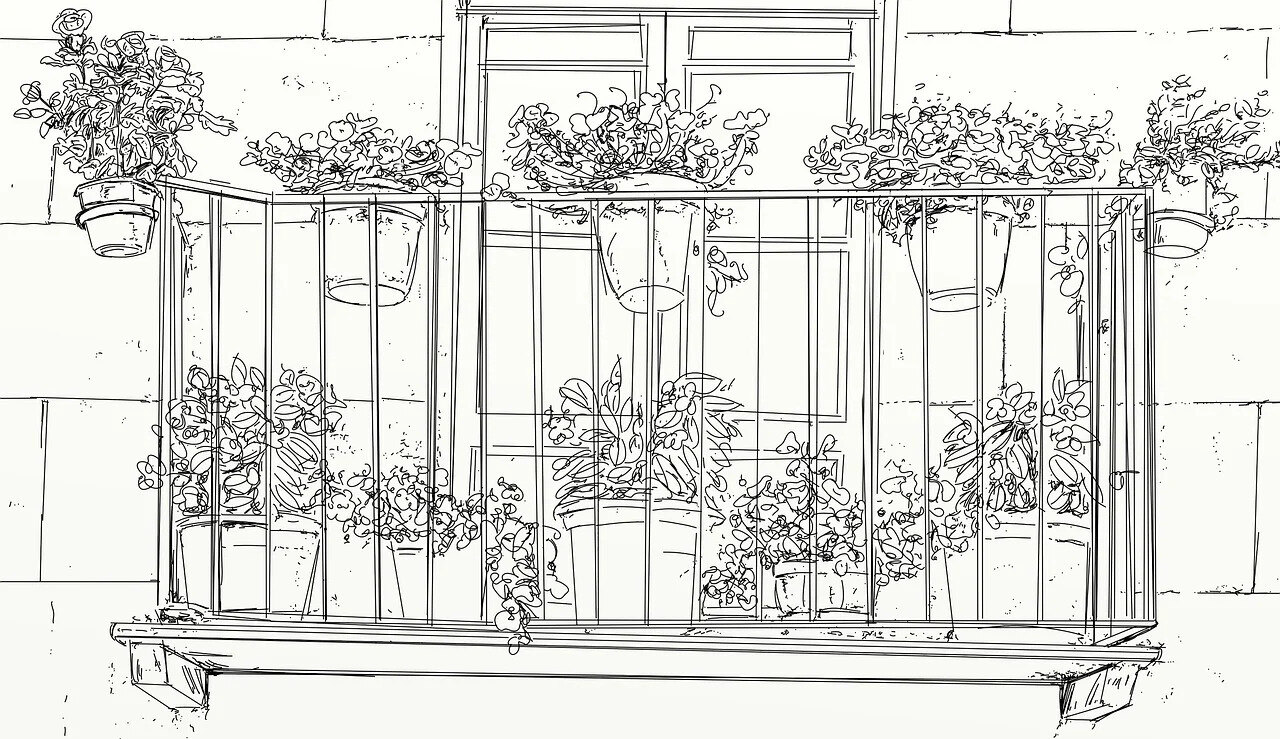
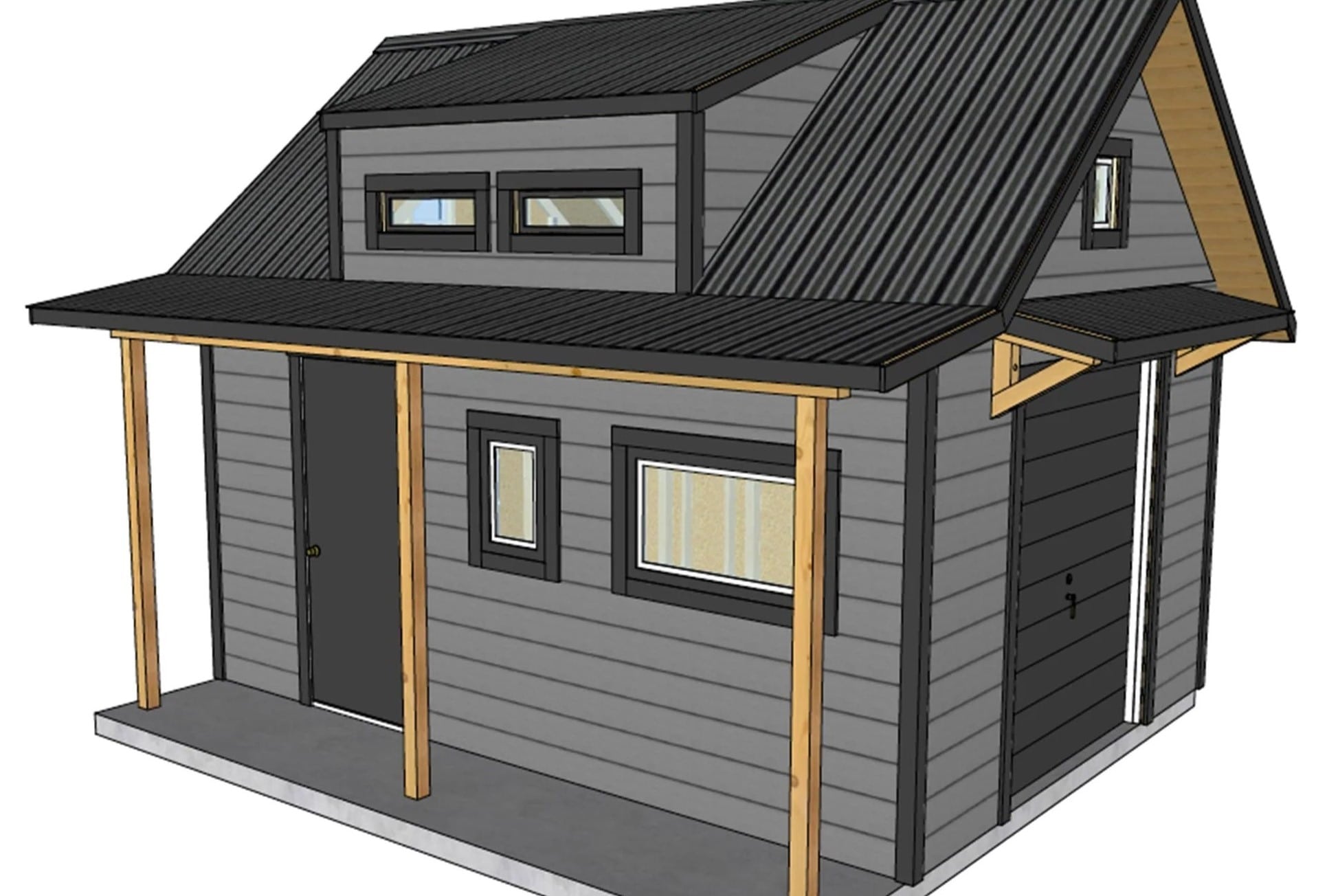
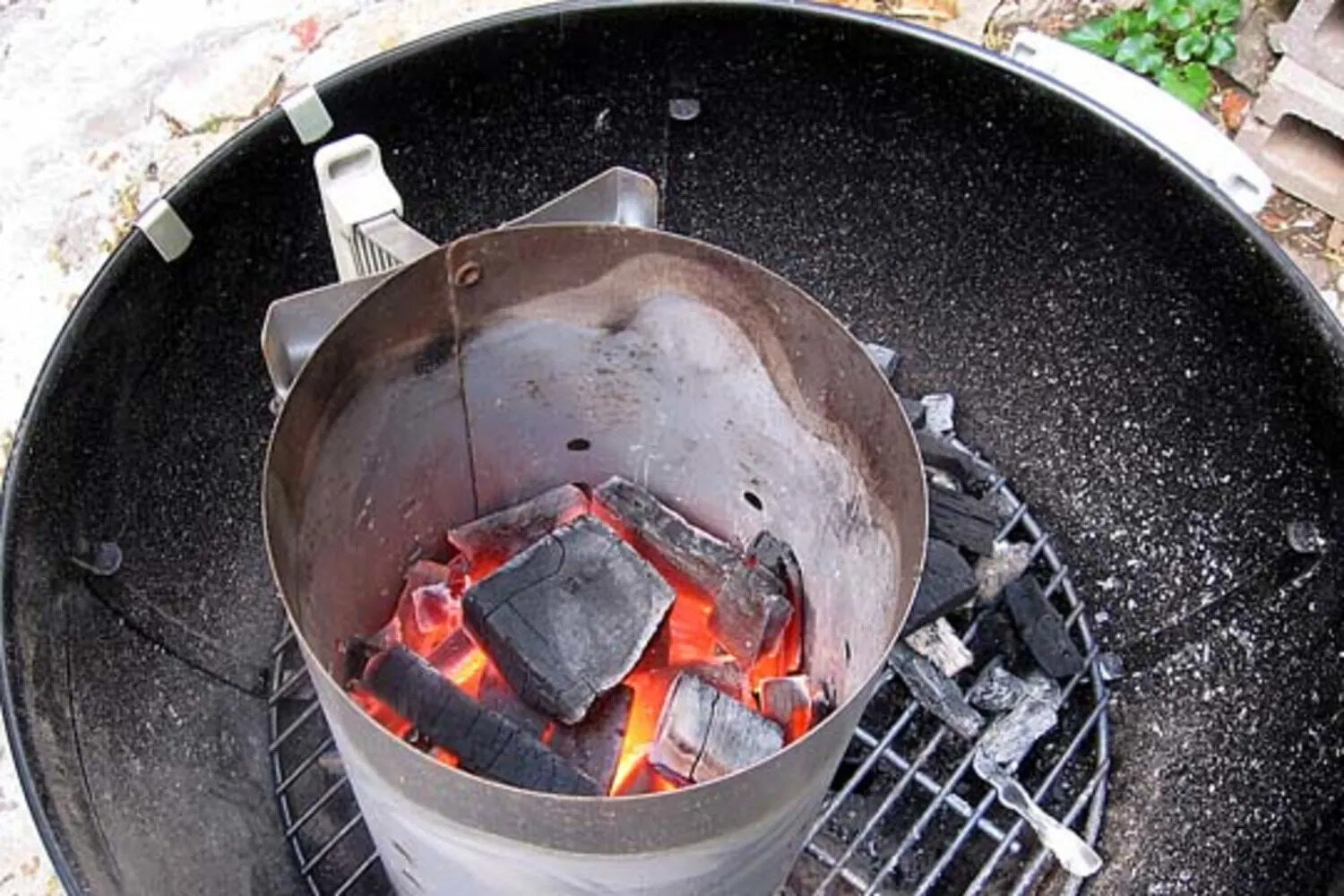

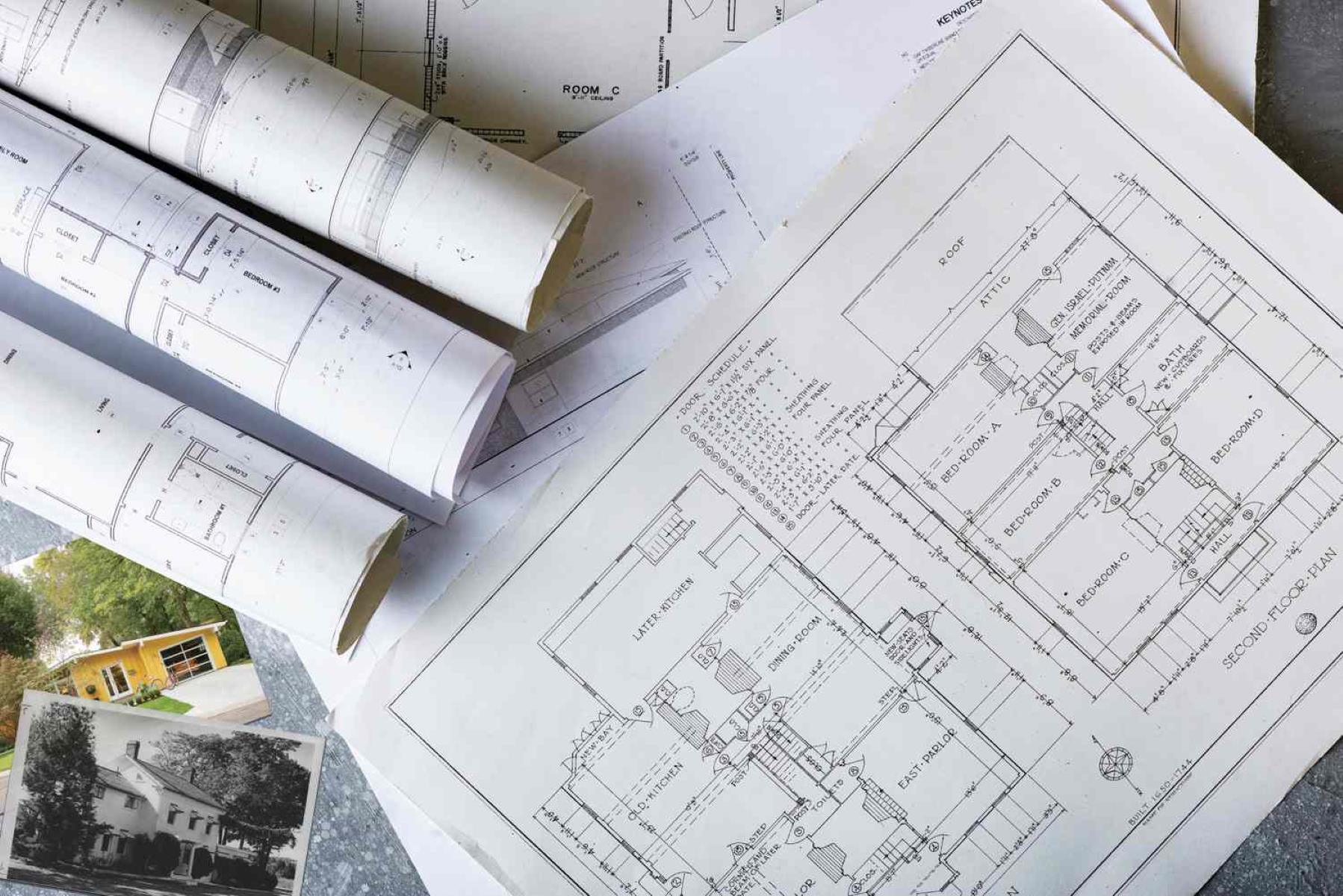


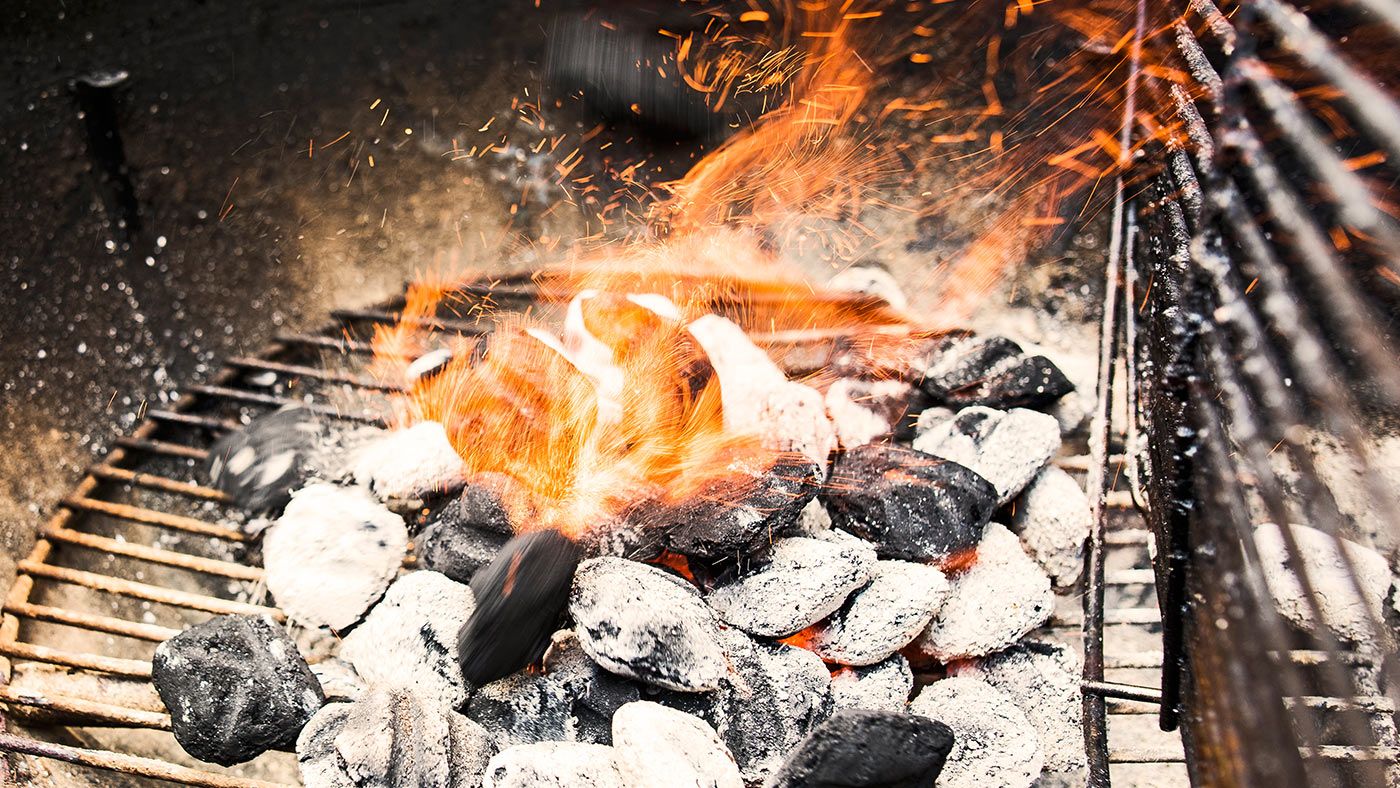
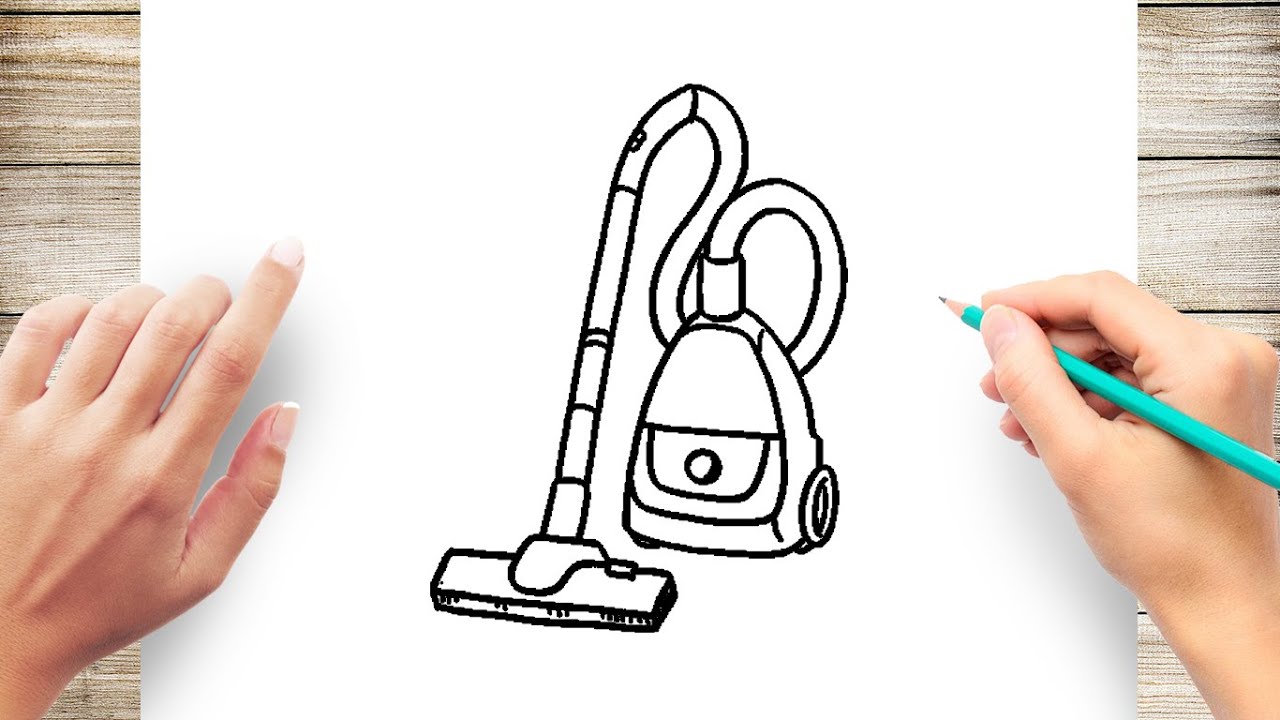





0 thoughts on “How To Store Charcoal Drawings”